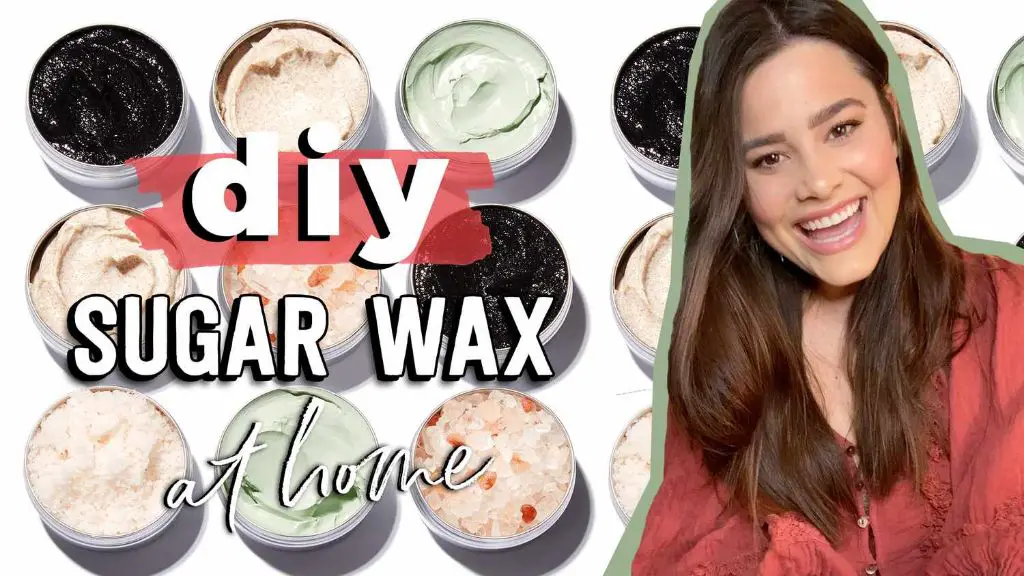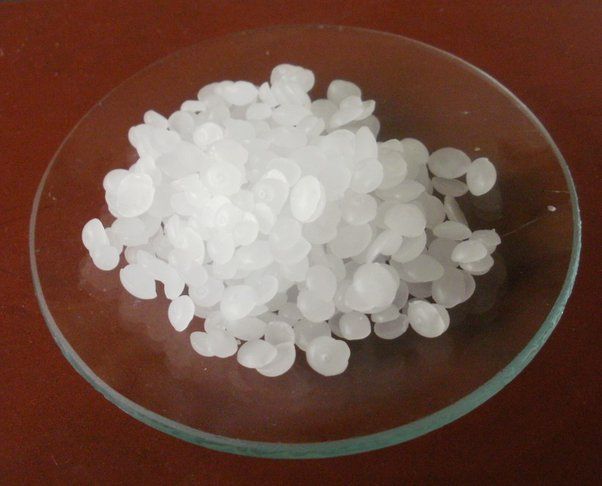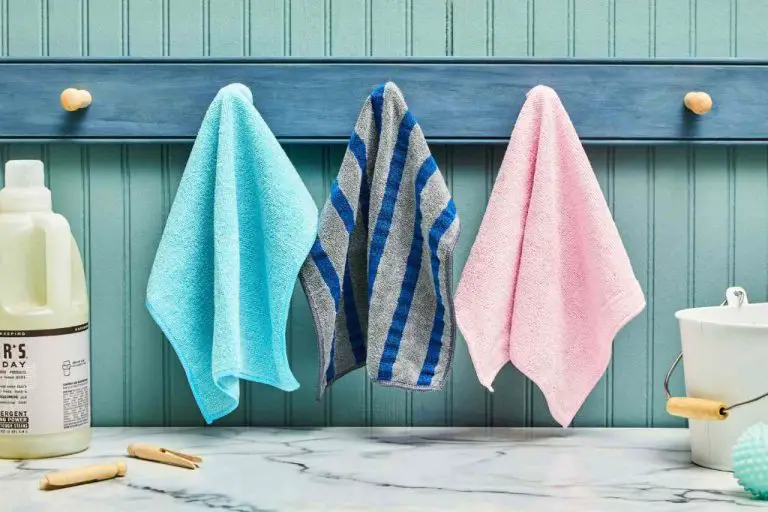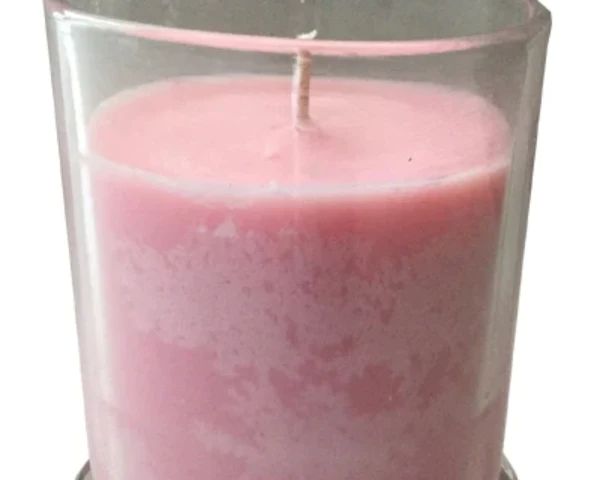Can You Make Homemade Wax For Removing Hair?
Waxing has become an incredibly popular method for hair removal in recent years. According to a report by Fact.MR, the global hair removal wax market is valued at US$ 10.19 billion in 2023 (https://www.factmr.com/report/hair-removal-wax-market). The waxing industry is experiencing rapid growth, with the market expected to reach USD 11,810.9 million by 2028 (https://gitnux.org/waxing-industry-statistics/). Waxing provides numerous advantages over shaving. It allows hair to be removed from the root, so regrowth takes much longer. Waxing can also exfoliate the skin. And unlike shaving, waxing does not create blunt ends on hairs that can make regrowth feel coarse or stubbly. The smooth regrowth and long-lasting results are some of the main reasons for waxing’s popularity.
What is Waxing?
Waxing is a method of semi-permanent hair removal that uses a sticky wax to remove unwanted hair from the roots. The wax is applied to the desired area in a thick layer and covered with small strips of cloth or paper. As the cloth or paper is quickly pulled off in the opposite direction of hair growth, the wax adheres to the hair and pulls it out from below the skin’s surface.
According to RejuvaDaySpa.com, “Waxing removes hair from the roots, not just the surface like shaving. This ensures smoother skin for longer periods of time.” (Source)
The waxing process removes the entire hair follicle from the pore, resulting in hair regrowth that is softer and thinner. The regrowth takes approximately 3-6 weeks, which is why waxing is considered a semi-permanent method for hair removal. While initially painful, many people prefer waxing over other hair removal options like shaving or tweezing for longer lasting smoothness.
Benefits of Homemade Wax
There are several advantages to making your own wax for hair removal at home versus buying premade wax or visiting a salon. The main benefits are:
The ingredients in homemade wax are often more natural and include fewer additives and chemicals. You can control what goes into it and choose gentle ingredients if you have sensitivities. Common homemade wax recipes use sugar, lemon juice, and water. Compared to salon waxes that may contain synthetic dyes, scents, and preservatives, homemade lets you keep it simple and natural (Source 1).
Making wax at home is very low cost compared to buying kits or going to professionals. Once you purchase the basic ingredients like sugar, you can make multiple batches for only a dollar or two. The investment in ingredients is minimal compared to the $30-$100 a salon visit can cost (Source 1).
Homemade wax allows you to customize the ingredients based on your skin type and sensitivities. You can control the temperature, avoid problem ingredients, and add soothing natural oils. This leads to a more comfortable experience than using a generic one-size-fits-all commercial wax (Source 1).
Making Your Own Wax
Making homemade wax is relatively easy with just a few basic ingredients. The main ingredients you’ll need are:
- Sugar – White granulated sugar works best. You’ll need around 2 cups.
- Water – Use around 1/4 cup of water.
- Lemon juice – Lemon juice helps the wax adhere to the skin. Use around 1/4 cup of freshly squeezed lemon juice.

Other optional ingredients you can add for scent or extra skin benefits include:
- Essential oils like lavender or tea tree oil
- Raw honey
- Aloe vera gel
To make the wax, combine the sugar, water, and lemon juice in a saucepan over medium heat. Stir continuously as it heats up until the sugar has fully dissolved into a syrupy consistency. Remove from heat and allow to cool slightly before using. The wax should be thick but still pourable – around the consistency of honey. If it starts to solidify too much as it cools, you can reheat it briefly.
Be very careful not to overheat or burn the wax. Keep a close eye on it as it melts. The finished homemade wax should have a glossy, sticky texture that easily adheres to hair for easy removal.
Sugaring vs Waxing
Sugaring is a natural hair removal method that uses a sugar paste made from sugar, lemon juice, and water. According to Sugaring Vs. Waxing for Hair Removal, the sugar paste binds to the hair, and is removed in the direction of hair growth. This removes unwanted hair while exfoliating the skin.
In comparison, waxing uses a beeswax or resin-based wax that adheres to the hair and is removed against hair growth. The key differences between sugaring and waxing include:
Pros of Sugaring:
- Natural ingredients that are gentle on skin
- Less painful due to adhesion with hair growth
- Easier cleanup than waxing
Pros of Waxing:
- Wax can adhere to shorter hairs than sugar paste
- Wax heats and spreads easier across the skin
- Salon waxes may contain soothing ingredients
While both remove hair effectively, sugaring may be the gentler option for sensitive skin. However, specialty waxes can also provide a smooth hair removal treatment.
Application Tips
Proper application of homemade wax is crucial for minimizing pain and achieving the best hair removal results. Here are some tips for applying wax at home:
Prepping the Skin
Exfoliate the area 24-48 hours before waxing to remove dead skin cells and allow for a closer wax. You can use a loofah, exfoliating gloves, or gentle scrub. This helps the wax adhere properly to the hairs and not the skin. On the day of waxing, wash the area you plan to wax to clean the skin and open pores. Pat dry.
Apply a thin layer of oil or moisturizer immediately before waxing to create a barrier between the skin and wax. This helps the wax only grip the hairs and not the skin itself. Choose lightweight, non-comedogenic oils like grapeseed, coconut or jojoba oil.
Applying the Wax
Test the temperature of the wax on the inside of your wrist first. It should be warm, not hot. Apply in the direction of hair growth, using the popsicle stick or spatula to apply a thin, even layer of wax roughly 1/8 inch thick.
Only wax small sections at a time, like 1-2 square inches. Work quickly as homemade wax hardens fast. Apply pressure as you spread the wax to ensure it coats hairs properly. Avoid over-applying or making the wax too thick.
Removing the Strips
Let the wax harden on the skin for 30-60 seconds until no longer sticky. Place the cloth or paper strip over the wax, pressing it firmly to ensure adhesion. Hold skin taut with one hand.
In one quick motion, pull the strip in the opposite direction of hair growth. Keep strip close and parallel to the skin, pulling at a 90 degree angle. Breathe out as you pull. Reapply if hairs remain and repeat on the next section.
Troubleshooting Homemade Wax
Making homemade wax can be tricky at first, but there are solutions for common issues that may arise:
If your wax is too hot or cold, it won’t adhere properly to the skin. Heat wax to the proper temperature as specified in recipes, usually around 115-120°F. Let it cool slightly if too hot. Reheat if too cold, adding a bit more oil so it doesn’t burn.
If your wax isn’t sticky enough, the sugar-to-water ratio is likely off. Add more sugar or reduce water for stickier wax. Add more water or oil for smoother wax. Getting the right consistency takes trial and error.
Skin irritation can occur if the wax is overheated or if you have sensitive skin. Make sure wax isn’t too hot before applying. Do a patch test first. Opt for sugar wax recipes with oils like coconut oil, which is moisturizing. Avoid waxing the same area too frequently.
See: https://helloglow.co/sugar-waxing-how-to/
Aftercare
After waxing, it’s important to take proper care of your skin to avoid irritation, ingrown hairs, and other issues. Here are some tips for aftercare:
Soothing the skin – Immediately after waxing, avoid hot baths, showers, saunas, and activities that cause sweating, as this can irritate the skin. Apply an aloe-based moisturizer or soothing gel to the area to calm inflammation. Exfoliating gently with a washcloth or soft brush 2-3 days after can help prevent ingrown hairs. Avoid harsh scrubs.
Avoiding ingrown hairs – Wear loose, breathable clothing to allow the skin to breathe. Use an after-wax oil for the first few days to condition the skin and allow hairs to grow through normally. Gentle exfoliation and moisturizing daily can help as well. Avoid picking or irritating the area, which can cause hairs to turn inward.
Safety Considerations
When making your own wax for hair removal, it’s important to keep safety in mind. Here are some key points to consider:
Sanitization – Be sure to sanitize any tools and containers you use to make the wax. Boil your tools for 10-15 minutes or wipe down with rubbing alcohol. Clean containers with hot soapy water before using (Source 1).
Test for allergies – Do a patch test before waxing any large areas. Apply a small amount of wax to your arm and leave for 24 hours. If you have a reaction, avoid using the homemade wax (Source 2).
Consider professional help – Home waxing carries risks like skin damage and infection. It’s always best to consult a licensed esthetician, especially for sensitive areas. Professionals are trained in safe application techniques (Source 2).
It’s possible to safely make your own wax at home, but proper precautions are essential. Test small patches first and seek expert guidance if you have any concerns.
Summary
Making your own homemade wax for hair removal has many benefits. It’s more economical, gives you control over the ingredients, and allows you to customize the wax to your preferences. Homemade waxes also tend to be gentler on the skin. The basic supplies like sugar, water, lemon juice and strips are easy to find at any grocery store. With some trial and error to find your perfect homemade wax recipe, you’ll be smoother and save money in no time. Don’t be intimidated to try making your own homemade wax – it’s simple, affordable and effective for hair removal.





